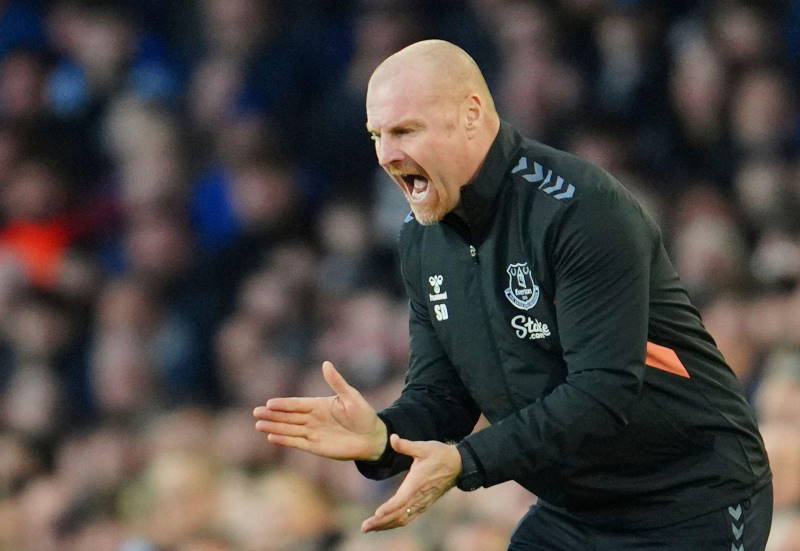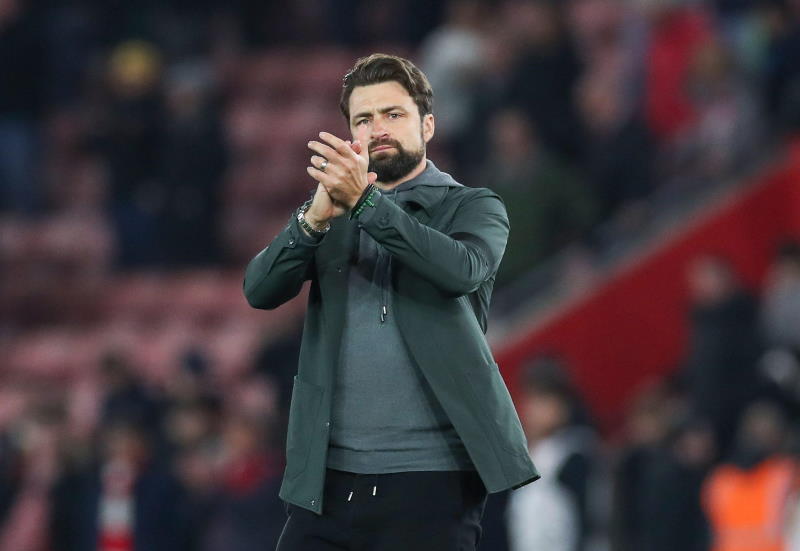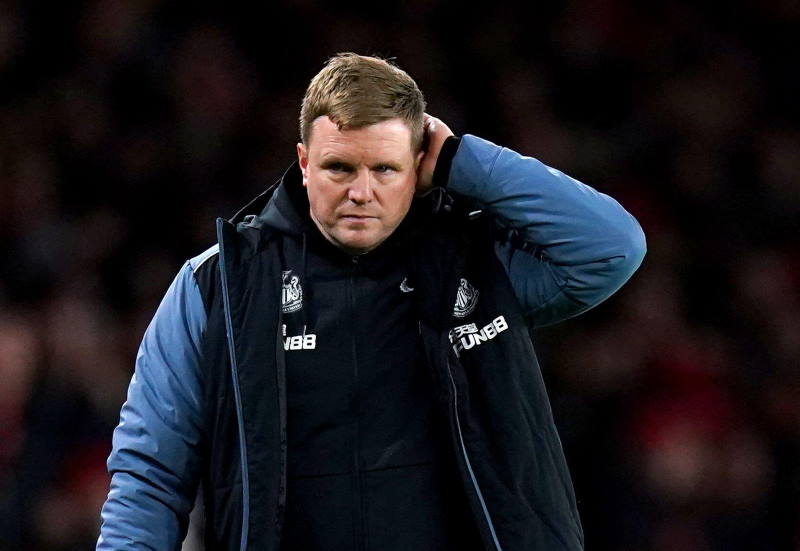
Robert Dillon
The former Soviet Union was a footballing country known for the strong bonds between its teams. Often, larger towns and cities would act as home to more than one side, each with a different political or social affiliation made clear by its name. Dynamo, Torpedo, Lokomotiv, CSKA, Spartak – even the lesser-known Zenit, SKA and Trud were recognised across the USSR as branches of a much wider network of sports clubs, societies and cultural activities.
For a side from outside one of the major societies to break through the barriers imposed by such a system, which occasionally included forced player transfers and the movement of whole groups of players from one club or even republic to another, was something of rarity, if not entirely unheard of. The first all-Union football league took place in 1936, and from then until the collapse of the USSR in December 1991, only three sides from outside the established order successfully claimed the Soviet title – Ararat Yerevan, who had the added bonus of representing the entire Armenian nation and were therefore able to function similarly to a modern day national team, Dnipro Dnipropetrovsk, the Ukrainian side who found success twice in the 1980s and remain one of the stronger of their country’s teams, and Zorya Voroshilovgrad.
Whilst Dnipro continue to do battle at the top end of the Ukrainian Premier League with the likes of Dynamo Kyiv, Shakhtar Donetsk and Metalist Kharkiv, unable to claim a maiden title but finishing third on no fewer than five occasions since 1991, and Ararat have remained a force in Armenian football, Zorya are something of an exception. The modern day side, representing the city of Lugansk after a motion passed in 1990 returned the city to its original name, currently play alongside Dnipro in the top flight of Ukrainian football, but have not managed to sustain the same levels of success and consistency as their fellow Soviet champions, dropping out of the Premier League in 1996, suffering relegation to the third tier two years later only to claw themselves back to the top flight in 2006 and stave off the drop ever since.
The city of Lugansk, or Voroshilovgrad as it was known to its Soviet inhabitants in honour of long-serving People’s Commissar for Defence Kliment Voroshilov, is today home to around 450,000 people, yet since its foundation as a mining town in the late 19th century has enjoyed little in the way of corporate sporting success. Three individuals hailing from the area have gone to achieve greatness – legendary mixed martial artist Fedor Emilianenko, 1964 Olympic long jump champion Valery Brumel, and Sergey Bubka, world record holder and widely considered to be the greatest pole vaulter of all time – however until Zorya’s shock title triumph in 1972, the city’s primary sports team had accomplished very little of note.
Indeed, Zorya only made it to the top flight in 1967, completing the long journey from the regional leagues of the third tier and consolidating their position with two lower mid-table finishes before steadily climbing the table over the next few seasons. Finishes of fifth and fourth in 1970 and 1971 were impressive in themselves, but even the more die-hard local supporters would not have given their heroes much chance of anything more than a repeat performance; the three Dynamos of previous champions Kyiv, Moscow and Tbilisi were all considered to have stronger squads along with the constant threat posed by the other Moscow clubs.
However, an opening day thrashing of their Ukrainian rivals made people sit up and take notice, the defending champions arriving in Voroshilovgrad only to be sent home humiliated after a 3-0 defeat which saw the hosts jump straight to the top of the table. They stayed there for some time, victories over Spartak, Dynamo and CSKA Moscow amongst an impressive unbeaten run which lasted until back-to-back defeats in rounds eight and nine, away at Dynamo Tbilisi and Neftchi Baku, who would go on to finish rock bottom of the table, winning just six matches all season.
Despite the obvious setback and doubts beginning to creep in, Zorya recovered; more dropped points at home to SKA Rostov-on-Don was followed by a much-need win in Kazakhstan against Kairat, and in the final 20 games of the season the Voroshilovgrad side suffered defeat on just three more occasions. Of their five defeats that season, just a single loss was incurred at home, Dynamo Minsk the only winners at the Avangard Stadium. Dynamo Kyiv put up a fierce fight, but two late-season draws in Tbilisi and Yerevan cost them the title, Zorya eventually claiming their crown by five points.
Top scorer that famous season was Volodymyr Onyschenko with ten goals, and his almost immediate departure to Dynamo Kyiv is symbolic of the subsequent decline of Zorya. Just a year on from their title triumph he had made the move, showing that even a league title could not raise Zorya’s reputation above that of the bigger sides.
Two years later a handful of the championship-winning squad were at Dynamo, whilst miracle-working manager Herman Zonin had left the club for Zenit via a runners-up medal with the Soviet national side at Euro 1972. Those that did remain lived off past glories for too long, and in 1979 Zorya were relegated. Although they have since reached the top flight of Ukrainian football once more, they are a shadow of their former selves, and at this point in time have little in common with the champions of 1972. It will take a seismic shift in Ukrainian football for Lugansk-based club to emulate their illustrious predecessors.













